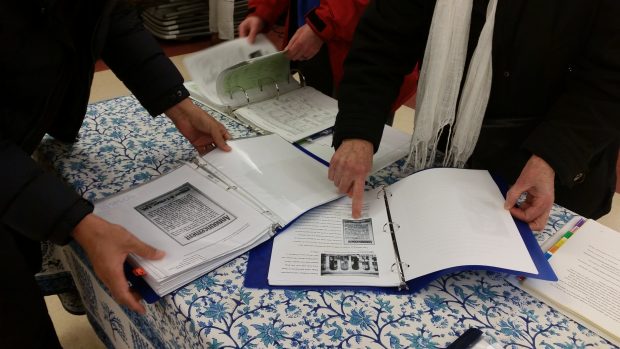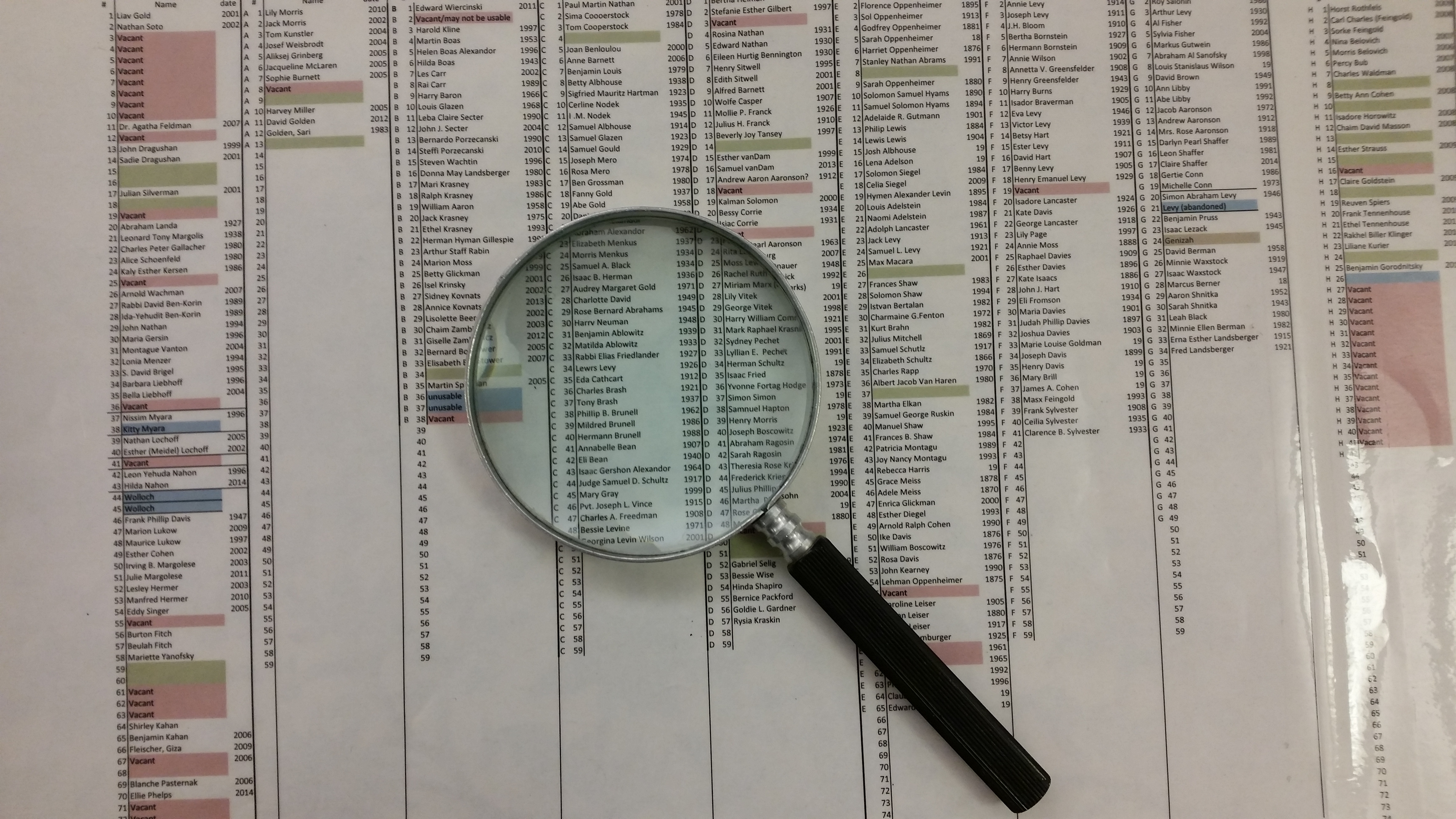In 2015, I was fortunate enough to be part of the Heritage Archaeology field course with the University of Victoria. Our main focus, at the time, was mapping the Emanu-El Cemetery in Victoria, B.C. while learning about monument assessment and conservation. In the two months that I had participated in the course, I had not only learned about the importance of cemeteries, Jewish cultural practices, and basic mapping and monument assessment, I had also felt that I connected with the individuals buried in the cemetery.
One of the most memorable parts of the course was visiting the Synagogue in downtown Victoria. It was here that we had the chance to connect with the Jewish community (past and present) and learn about their local history and some of their traditional practices around death and burial.
This was more than just a course for many of us. The university’s Heritage Archaeology field school allowed us to connect with our local communities, learn about those who have passed and develop a deeper understanding about what cemeteries mean to different people.
We were all sad when the summer came to an end and the course came to a close. Many of us felt connected to the community and the individuals buried in the Emanu-El Cemetery and were not ready to leave. I was one of those who felt this way so you can imagine how excited I was to be invited back to the synagogue, over a year and a half later, to be part of a presentation with the current University of Victoria’s Heritage Archaeology class. I sat up front, listening to all the stories being shared by Rick Kool, the Director of the Cemetery, a local historian named Amber and of course, Dr. Erin McGuire, my former university professor. In the audience, members of the Old Cemetery Society, some university students and a few locals were present to listen to the stories of the past communities and to learn about the work being done at the Emanu-El cemetery by Dr. McGuire’s Heritage Archaeology class.
I thought the visit would be a repeat of the first time I had visited the synagogue or presented my poster project (Conservation of Marble Monuments) but I was wrong. I had learned more about the individuals buried in the Emanu-El Cemetery through stories shared by the community members as well as reports done by the current students who spent hours researching and searching through local archives for any information about individuals buried within the cemetery.
Even though the class I was part of did a lot of work, there is still so much that needs to be done in the small cemetery and I am happy to see that the community and the university are still so passionate about protecting, understanding, and learning about the cemetery and those within it. While some of the work may not be new to me, it is to others and to witness the wide eyed excitement or surprise in the eyes of the community is a reminder that what Dr. McGuire’s class is doing is important in keeping the communities of the past and present connected and to help remember those who have come before us.

Two community members comparing reports written by students.

